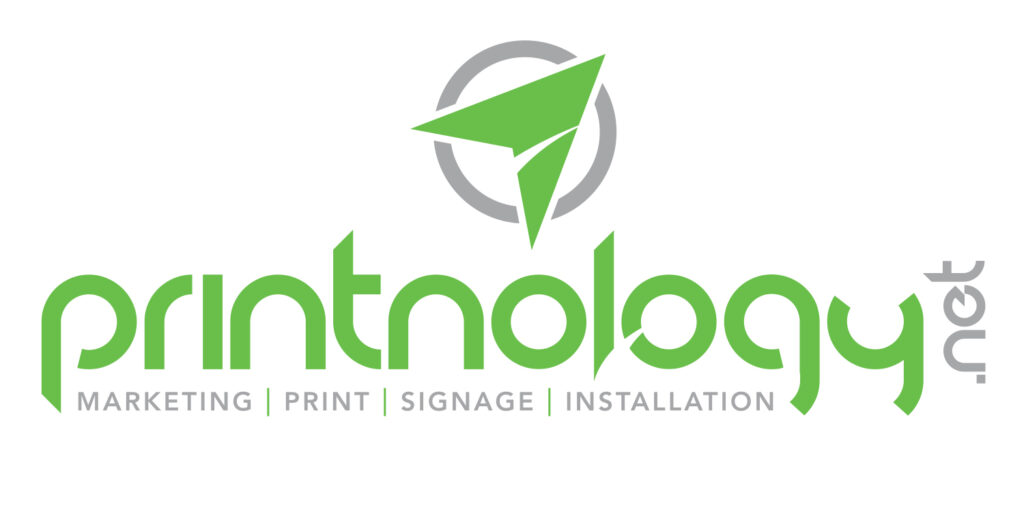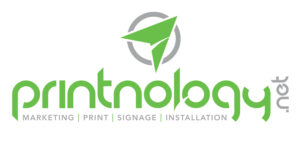Introduction
In the world of signage, the debate between digital and traditional signs is ongoing. Many business owners are concerned about the costs associated with digital signs compared to their traditional counterparts. This article aims to unveil the truth about the expenses involved in both options.
Cost Analysis
When considering the cost of signage, it’s essential to look at both the initial investment and the long-term expenses. Traditional signs often have a lower upfront cost, but they may require more frequent maintenance and updates. On the other hand, digital signs might seem more expensive initially, but they offer flexibility and lower maintenance costs over time.
Benefits of Digital Signs
Digital signs offer several advantages that can justify their cost. They are highly customizable, allowing businesses to change their messaging quickly and efficiently. This adaptability can lead to increased customer engagement and sales. Additionally, digital signs can display dynamic content, such as videos and animations, which can capture the attention of passersby more effectively than static signs.
Traditional Signs: A Reliable Choice
Despite the benefits of digital signs, traditional signs remain a reliable choice for many businesses. They are often more durable and can withstand harsh weather conditions. For businesses that do not require frequent message changes, traditional signs can be a cost-effective solution.
Conclusion
Ultimately, the choice between digital and traditional signs depends on the specific needs and budget of a business. While digital signs may have a higher initial cost, their long-term benefits can outweigh the expenses. Conversely, traditional signs offer a tried-and-true method of advertising that can be more affordable in the short term.
For more information on exterior signage solutions, visit Printnology’s Exterior Signage Solutions.












Leave A Comment